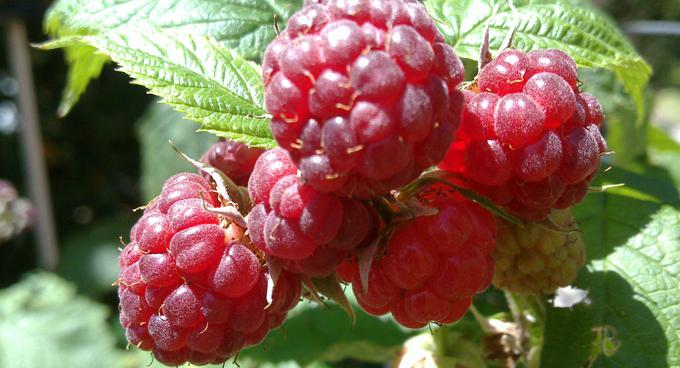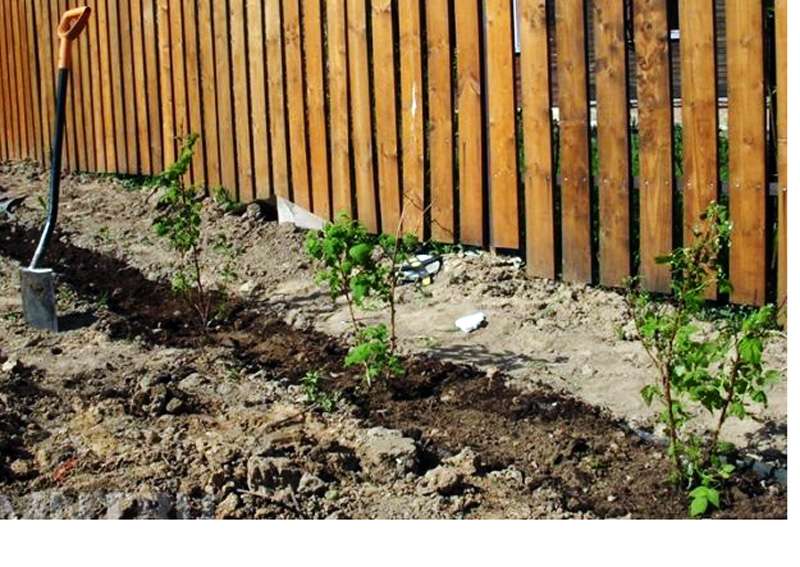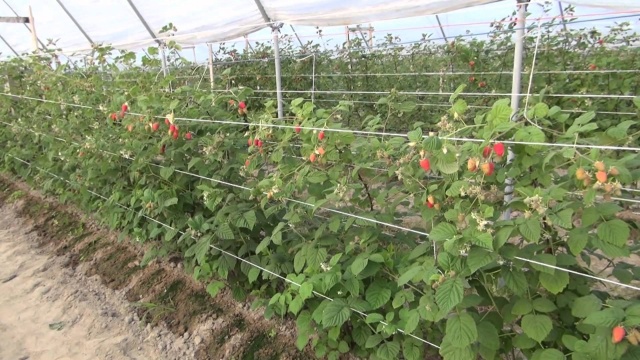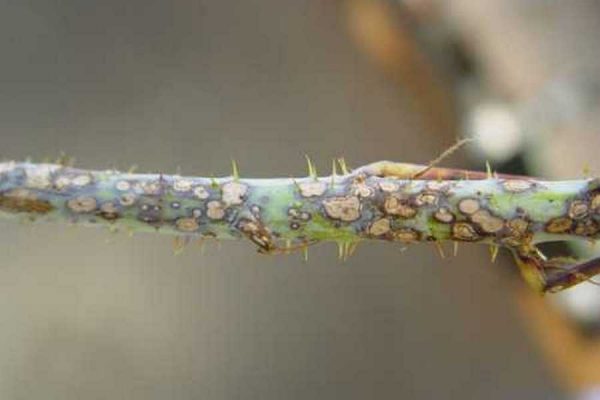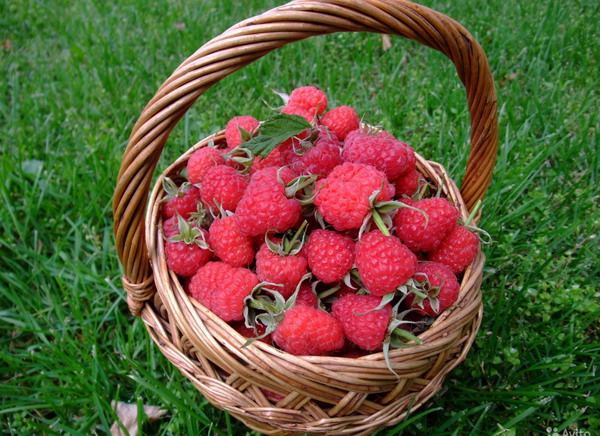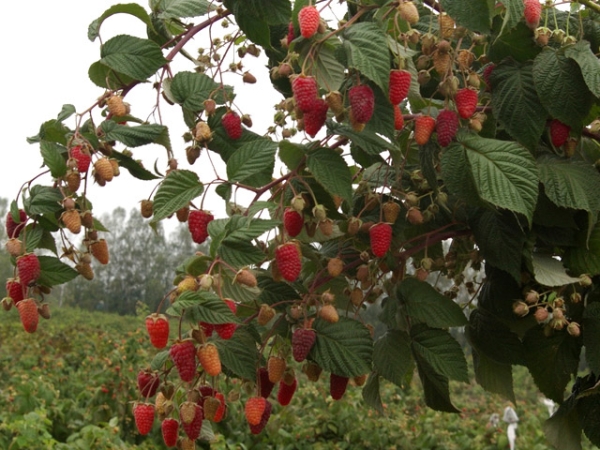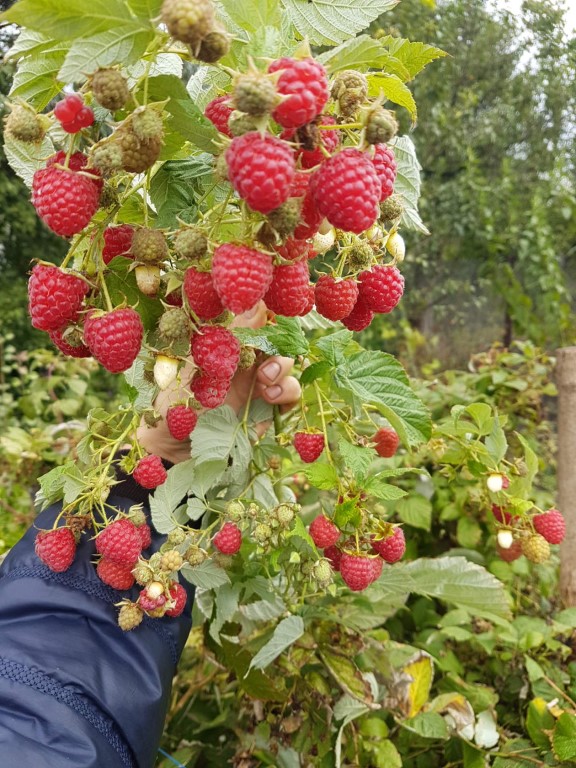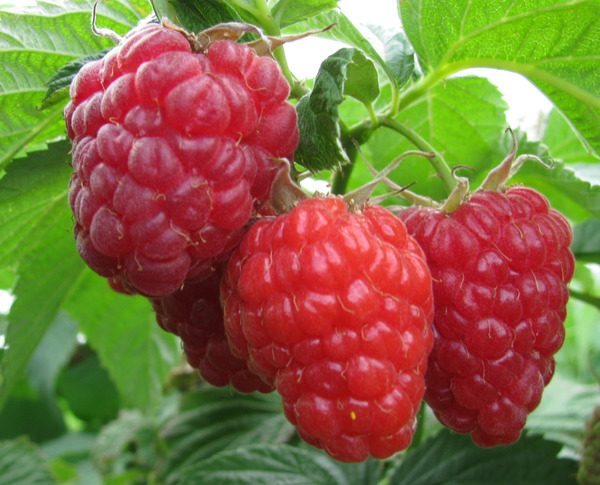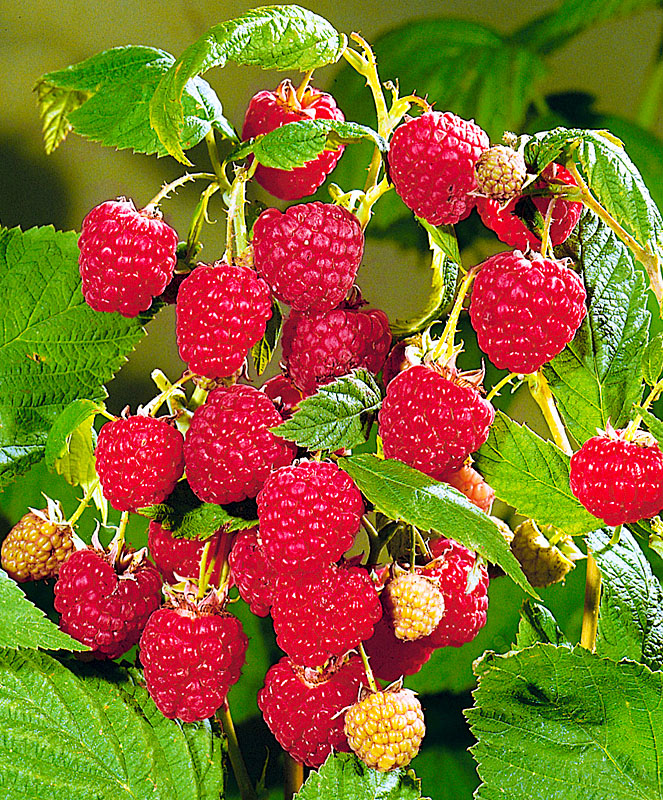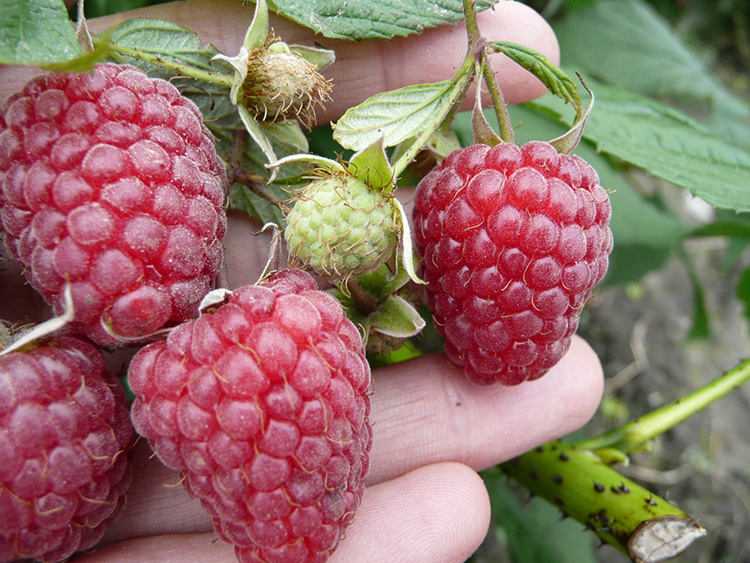Content:
Thanks to the berries, the raspberry Hercules fully justifies its name if the variety is grown in the southern regions and the middle lane. In the northern regions, the culture, although it will take root, gives small tasteless fruits.
Features and characteristics
After studying the description of the Hercules raspberry variety, gardeners will appreciate its merits and want to breed it on their site. The plant stands out with such features:
- the bush, growing up to 1.5-2 m, takes on a spreading shape;
- the shoots of the plant are powerful, with a characteristic abundant branching;
- stems along the entire length are covered with medium hard spines, the edges of which are bent downward;
- the branches of the remontant variety differ from each other: last year's ones are saturated purple, by the end of the growing season they become waxed; young shoots - a pale greenish tint;
- berries cover only the upper half of the stems, which do not sag under a bountiful harvest;
- the conical fruits of the variety are colored in a rich ruby color, exude a characteristic raspberry aroma and have a pleasant sweet taste with an unobtrusive sourness (with proper agricultural technology);
- feature of the variety - abundant fruiting; with good care, the berries reach a mass of 6-10 g, which allows taking at least 3 kg of raspberries from the bush in one season.
The repairability of the variety implies collection: in June (on last year's shoots) and from August until frost (on young stems).
Note! Experienced gardeners prefer to grow Hercules garden raspberries as an annual, removing all the shoots in the fall. This precludes early summer harvesting, but provides larger berries in August fruiting.
Some gardeners ignore Hercules due to the weak formation of replacement shoots - about 3 branches grow during the season. This characteristic can also become an advantage - you do not have to deal with the tedious thinning of the bush. The variety has other advantages:
- dense berries are quite transportable;
- bushes tolerate drought well;
- in the rainy season, neither the berries nor the plant itself rot;
- the variety is frost-resistant, does not require winter shelter at temperatures down to -20 degrees;
- resists many diseases and is unattractive to spider mites.
This type of culture is unpretentious to growing conditions, which is also a plus when choosing a variety.
Planting raspberries
Raspberry Hercules is planted in early spring (even in the southern regions) - for high-quality rooting of bushes. For planting to be successful, start with the selection of seedlings. First of all, the roots are checked. They should not be dry, damaged, sick. The more developed the system, the more chances for the sprout to take root.
Site selection
The variety has standard requirements for raspberries for site selection. The plantation should be sufficiently lit, but light shading will not hurt. Plants are protected from drafts and excess moisture. Optimal landing sites are the southern sides of houses and low fences.
Site preparation
Raspberry Hercules is recommended to be planted in a trench way. The dimensions of the ditch in depth and width are about half a meter. The length will depend on the number of planted bushes, between which the gap is made 0.7-1 m.If a plantation of several rows is envisaged, then they are placed between each other at a distance of 2 m.
Note! So that the raspberry roots grow less to the sides and do not take food from the fruits, it is recommended to dig into the ground at the edges of the trench to a depth of 20 cm of the fence (pieces of slate, sheets of iron, etc.).
Despite the quality of the soil, fertilization is mandatory during planting. Part of the land taken out of the trench is mixed with phosphate (2 tablespoons per 1 bush) and a small amount of wood ash. This mixture is used to cover the bottom of the ditch into which the raspberries will be planted.
Disembarkation
Before lowering the seedlings into the trench, the roots are dipped in a clay mash. Then they are carefully distributed along the bottom of the ditch and sprinkled with earth. Having tamped the soil around the seedling, the bush is watered, spending at least 5 liters of water.
Variety care
The yield of the variety and the taste of berries largely depend on the efforts of summer residents. Raspberry remontant Hercules in the requirements of agricultural technology is not much different from other varieties, so for gardeners caring for the berry will be a matter of habit.
Growing rules
Adhering to the basic rules of agricultural technology, summer residents will be able to create suitable conditions for the development of shrubs:
- raspberries tolerate short-term drought well, but you should not rely only on rains, conducting periodic watering;
- to avoid waterlogging, it is worth laying a drip irrigation system along the trenches, metering the water supply;
- after each irrigation (and rain too), the root zone of the plant is loosened;
- growing raspberries means regular feeding the bushes with organic matter once a month and mulching the soil;
- like many raspberry bushes, Hercules is recommended to be tied up, since the presence of thorns interferes with harvesting; there are no special instructions for arranging the trellis - each summer resident will choose the most acceptable option for himself; you can do without tying if the fruits are distributed between last year's and current branches.
An important element in the care is trimming. They should be discussed separately.
Circumcision
With the help of pruning, they not only form a bush, but also affect the growth and fruiting activity. Despite the low degree of shoot formation, excess growth should still be removed so that the berries do not become smaller. First of all, shoots are cut out with a thickness less than a standard pencil.
Raspberries Hercules are rationed in 4 different ways.
Pruning methods of remontant variety
| Circumcision method | Description |
|---|---|
| Standard | Performed in the fall after harvest. Shoots up to 30 cm long remain on the bush, on which lateral branches will begin to form next year. As a result, the remontant will give 2 crops per season. |
| Basal | All shoots are cut to the level with the ground. The procedure is performed 10-14 days before the onset of autumn frosts. Next year, summer residents will receive one, later, but bountiful harvest. |
| Double | The first call falls in mid-May. At this time, part of the shoots with ovaries is cut out, which will give a larger berry on the remaining branches. The second pruning is preparatory for winter |
| Apical | In the fall, they only shorten the shoots, cutting off the tops of 40 cm. This will make it possible to get up to 60% of the harvest already in the first harvest of the next season (with standard pruning, 30 comes out) |
In the southern regions, when the shoots are completely cut, the bushes do not need to be covered - a thick layer of mulch is enough. The stems left for the next season will have to be wrapped in agrofibre.
In order not to injure the bushes, cutting is carried out with a well-sharpened secateurs. The removed shoots will need to be burned, otherwise pests will breed on them. It is better to use root suckers for reproduction.
Important! Standard pruning done in the spring is done before the buds begin to swell.
Disease and pest control
Although Hercules is considered a disease-resistant variety, if the rules of agricultural technology are not followed, the plants' immunity decreases. Therefore, regular inspections of the berry, preventive measures and ways to eliminate the problem that have arisen are so important:
- noticing gray spots on the stems and leaves, one can state an anthracnose disease; it can be easily avoided by planting a raspberry tree in a well-lit area and ensuring drainage of the topsoil;
- purple spot spreading on the leaves is a signal that the bush will have to be removed completely; this disease is not cured, but quickly spreads to neighboring plants;
- damaged bark is a sign of the appearance of stem gall midge; injured shoots will have to be cut and burned;
- if Hercules was planted next to other varieties of culture, then raspberries may appear on it, which will have to be dealt with with fungicides.
Preventive treatment of the plantation with chemicals begins in spring, is carried out with a frequency of 1-2 times a month and ends 4-5 weeks before the start of harvest.
The Hercules variety is a real nugget, which will be cut by the gardener. The quality of the fruit depends on the skill of the farmer, his attentiveness to culture. Indeed, even on marginal soils, it is possible to achieve high tasting characteristics of berries of this variety, subject to all the rules for growing raspberries.
